How Do 4-in-1 Detectors Work?
In high-risk operational environments such as chemical plants, underground mines, and oil and gas pipeline maintenance sites, the four-in-one detector has become standard equipment for safeguarding personnel safety. This portable instrument simultaneously monitors oxygen, combustible gases, carbon monoxide, and hydrogen sulfide. Through a precision sensor array and intelligent algorithms, it establishes a real-time protective barrier. Its operating principle integrates cutting-edge technologies like electrochemical and catalytic combustion detection, complemented by industrial-grade protective design to maintain precise monitoring even in extreme conditions.
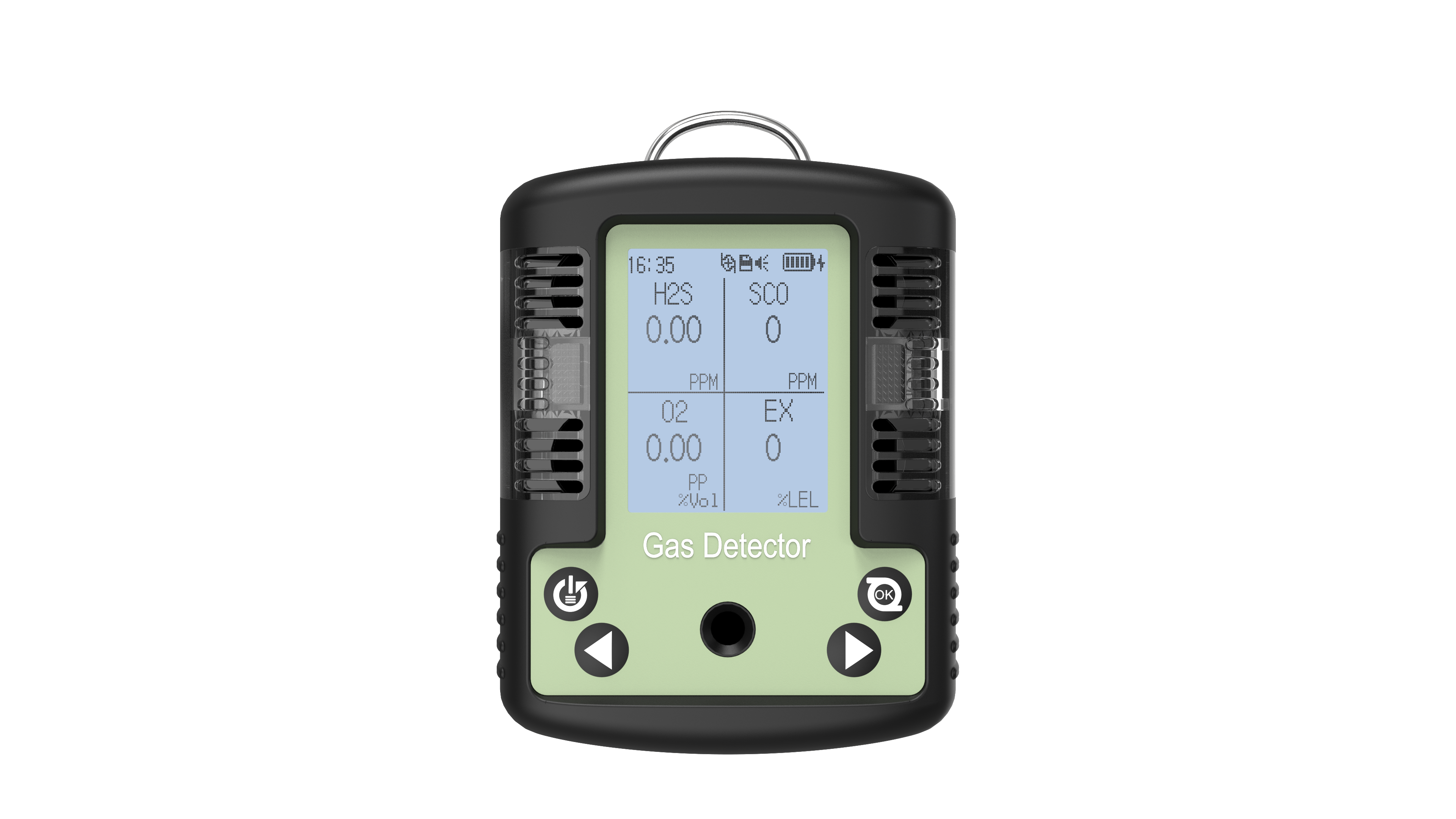
I. Multi-Sensor Synergy: The “Quadruple Defense” of Gas Detection
The core of the four-in-one detector lies in its four distinct sensor types, each engineered for specific gases:
Electrochemical Sensors: Detect oxygen (O₂), carbon monoxide (CO), and hydrogen sulfide (H₂S). (H₂S). Taking oxygen detection as an example, the sensor is filled with an electrolyte solution. When oxygen permeates through the permeable membrane, a redox reaction occurs on the electrode surface, generating a microcurrent proportional to the oxygen concentration. This technology enables precise measurement of oxygen concentrations from 0-25% VOL with a resolution of 0.1% VOL.
Catalytic Combustion Sensor: Designed specifically for combustible gases (LEL). For methane detection, the gas undergoes flameless combustion on a platinum catalyst surface, generating heat that alters the platinum wire's resistance. A Wheatstone bridge circuit converts this resistance change into a voltage signal, enabling real-time monitoring of combustible gas concentrations from 0-100% LEL.
Infrared Sensor (select high-end models): Detects gases by measuring their absorption of infrared light at specific wavelengths. For instance, carbon dioxide exhibits a strong absorption peak at 4.26μm. Gas concentration is calculated by measuring the attenuation of transmitted light intensity.
These sensors are integrated into miniature modules measuring just 3-4 cm in diameter. Protected by waterproof and explosion-proof enclosures, they withstand extreme temperatures from -20°C to 50°C. The SCOTT Protege series detectors from the U.S. even feature an hourglass-shaped ergonomic design, weighing only 212 grams while achieving IP67 protection (dustproof, waterproof, and capable of brief submersion).
II. Signal Processing: From Physical Changes to Digital Alarms
When a sensor detects gas, the raw electrical signal undergoes three processing stages:
Analog Front-End Processing: Signal amplification via operational amplifiers eliminates environmental noise interference. For instance, nanoampere-level currents from electrochemical sensors are converted into millivolt-level voltage signals.
Digital Conversion and Compensation: A 16-bit ADC chip converts analog signals into digital values. The microprocessor performs real-time compensation based on environmental parameters like temperature and humidity. Certain detector models maintain ±3% FS measurement accuracy even at 95% RH humidity.
Intelligent Algorithm Analysis: An embedded ARM Cortex-M4 processor runs gas diffusion models to predict leak source locations. When methane concentration exceeds the 10% LEL warning threshold, the system immediately triggers a three-level alarm: 90dB buzzer + red LED strobe + vibration alert, while simultaneously sending location data to the control room via a 4G module.
III. Industrial-Grade Design: Withstands the Harshest Environments
In Alaska's North Slope oil fields, winter temperatures plummet to -50°C (-46°F), causing conventional electronic devices to fail due to reduced lithium battery activity. The quad-gas detector achieves extreme environment applicability through these technological breakthroughs:
Low-Temperature Battery Technology: Utilizes lithium thionyl chloride batteries, delivering 18 hours of continuous operation at -40°C (-40°F).
Anti-interference Design: Meets IEC 61000-4-6 electromagnetic compatibility standards, operating normally in 10V/m RF fields.
Explosion-proof certification: ATEX Ex d ia IIC T4 certified with a 316 stainless steel housing that withstands 1-meter drop tests.
IV. Application Scenarios: Comprehensive Coverage from Industry to Civil Use
On Gulf of Mexico drilling platforms, personnel carry quad detectors to enforce “detect before work” protocols, reducing hydrogen sulfide leak response times from 15 minutes to 30 seconds. Within Tokyo's subway system, detectors integrated into ventilation ducts continuously monitor carbon monoxide levels and trigger exhaust systems. Even in residential settings, consumer-grade detectors provide gas leak alerts with sensitivity reaching 5ppm carbon monoxide detection capability.
V. Future Evolution: Smart Monitoring in the IoT Era
The latest generation of detectors incorporates AI predictive capabilities. By analyzing historical data, the system identifies gas leak patterns and issues advance warnings. In Germany's Ruhr industrial zone, a network of 2,000 deployed detectors forms an IoT network, improving gas leak localization accuracy to within 5 meters and boosting emergency response efficiency by 40%.
From the first gas detector introduced by the American SCOTT Company in 1932 to today's IoT-integrated smart detectors, this technology has consistently safeguarded humanity's most fundamental safety needs. When chemical engineers approach a reactor vessel to check detector readings, they see not just numbers, but technology's solemn commitment to life.
Related information
-
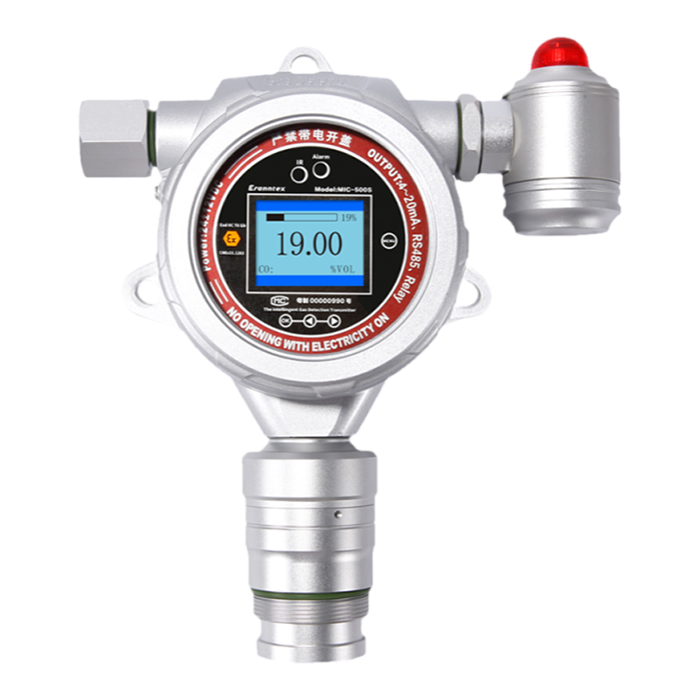
Combustible Gas Detectors: Your First Line of Defense
In today\'s society, whether in cosy domestic settings, bustling industrial environments, or challenging outdoor work zones, combu...
2025-10-31 -

How to Test Your Oxygen Detectors Effectively?
In today\'s society, where safety and health are paramount, oxygen detectors serve as vital equipment safeguarding us from the d...
2025-10-29 -

Oxygen Detectors: Your Key to a Safer Environment
In the global pursuit of safety and healthy living, oxygen detectors are increasingly becoming indispensable equipment for safeg...
2025-10-27 -
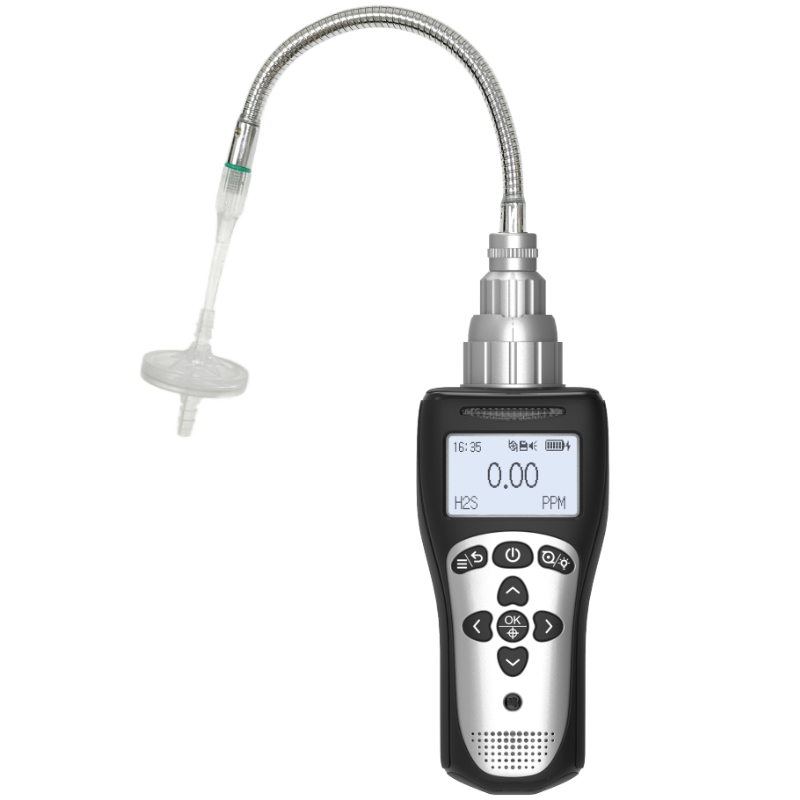
6 Types of Oxygen Detectors You Should Know About
In countless industrial, commercial, and research settings, oxygen serves as both the source of life and a potential hazard. Insuf...
2025-10-24 -

How Often Should You Replace Your Oxygen Detectors?
In today\'s society, oxygen detectors play a vital role across industrial production, underground operations, and specific domesti...
2025-10-22

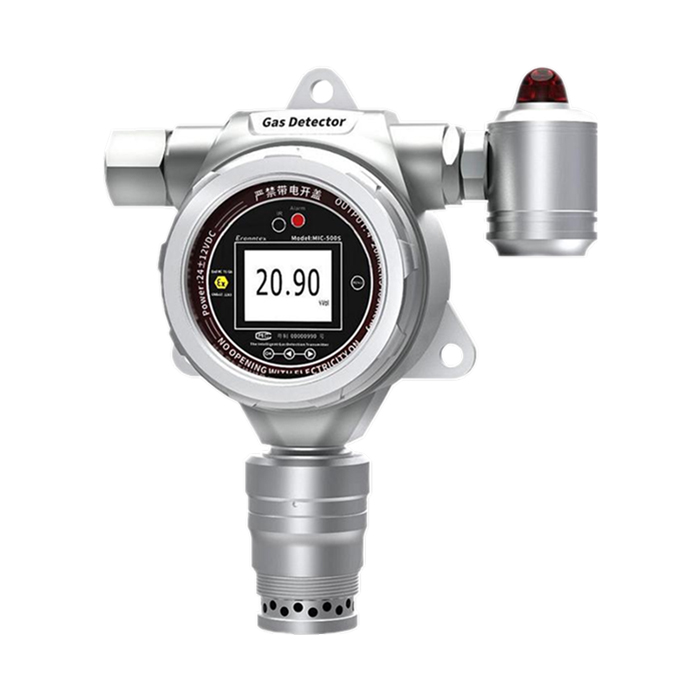
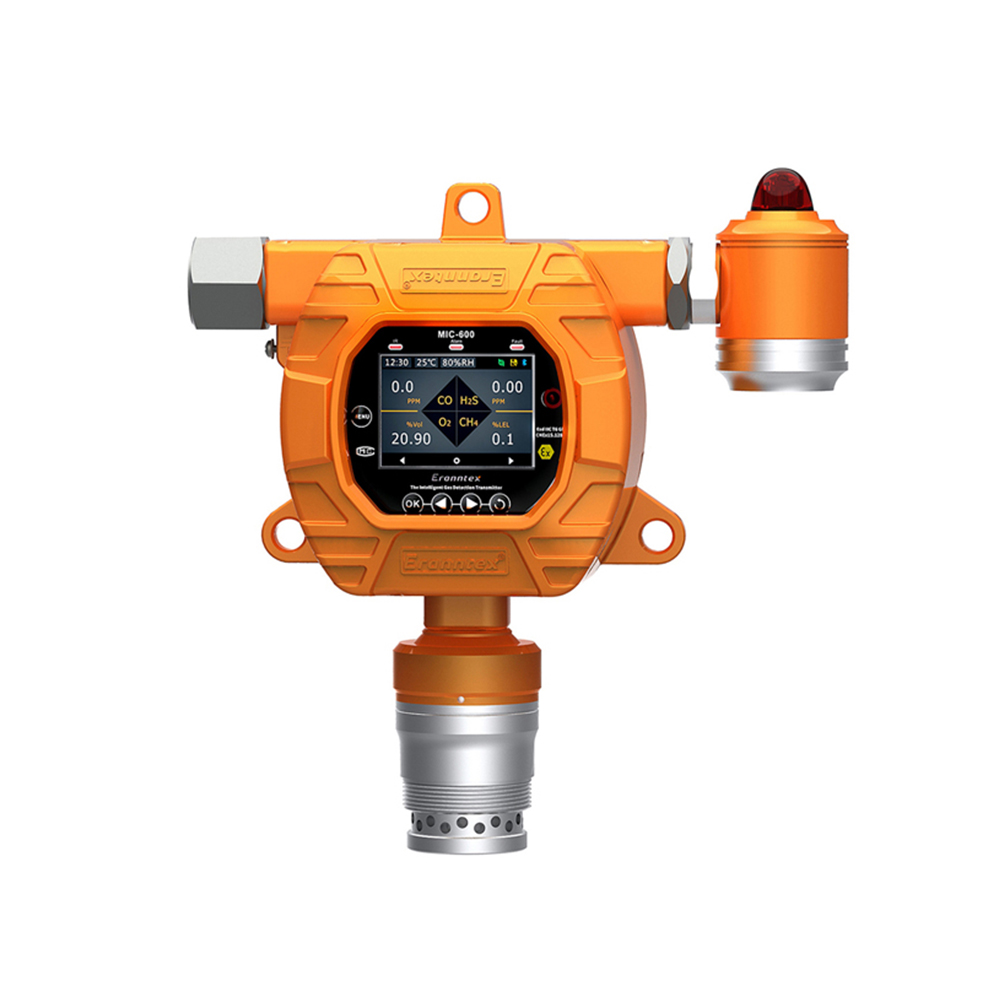
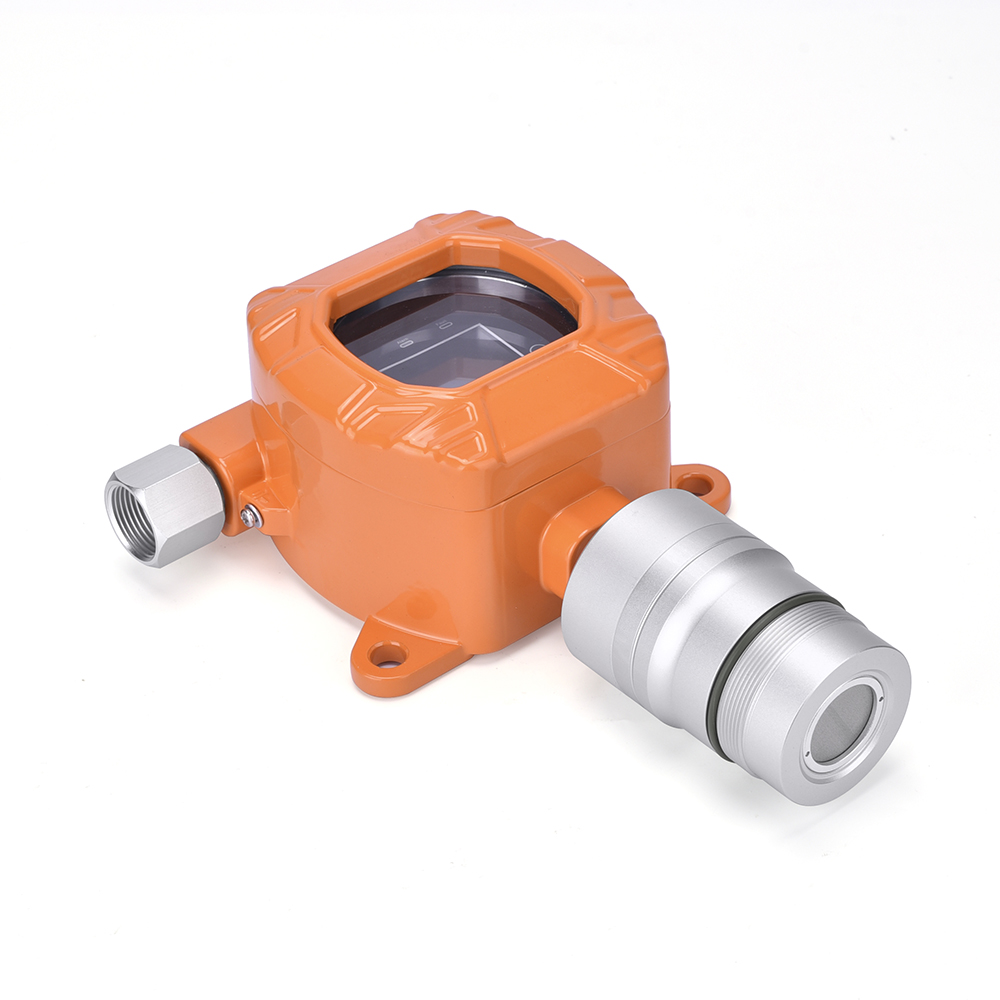
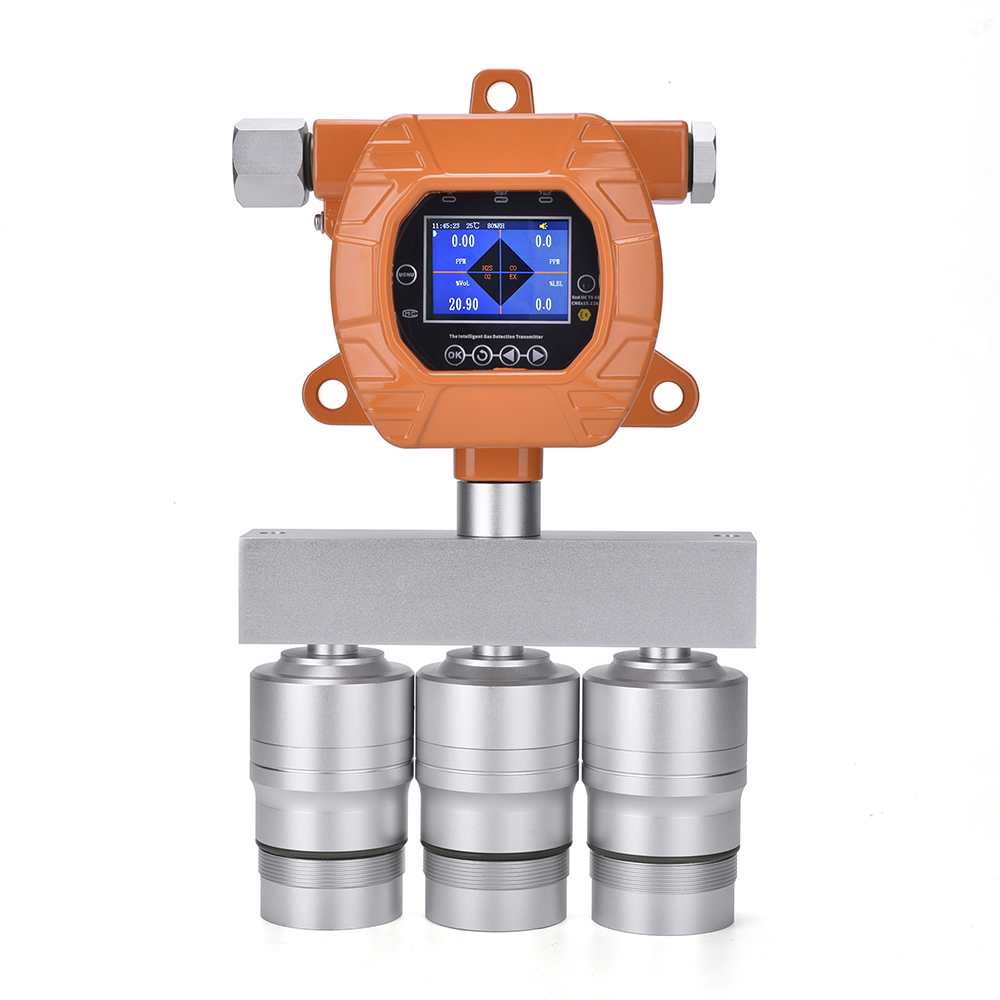


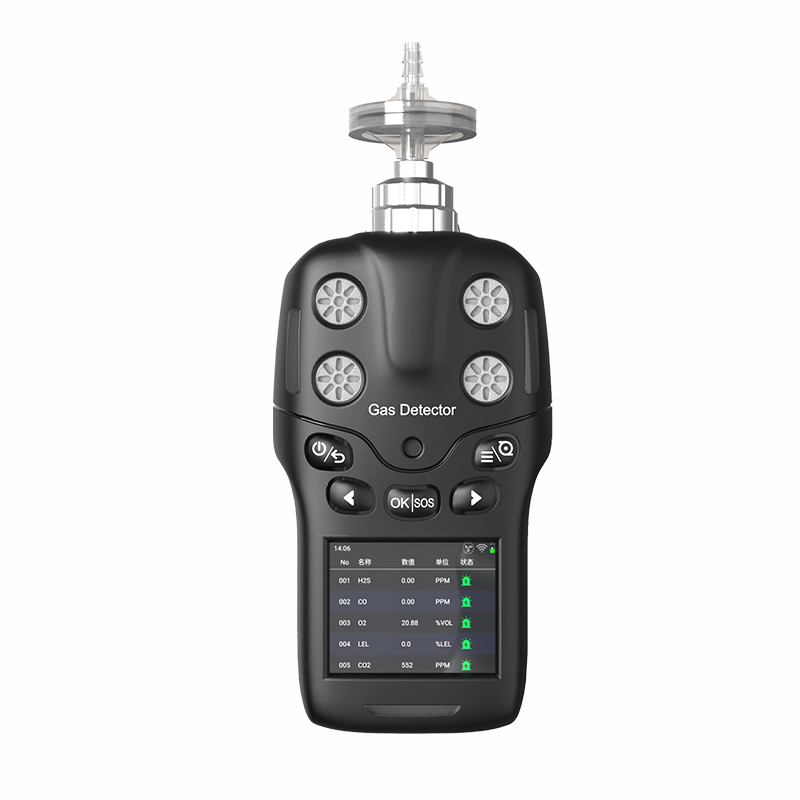

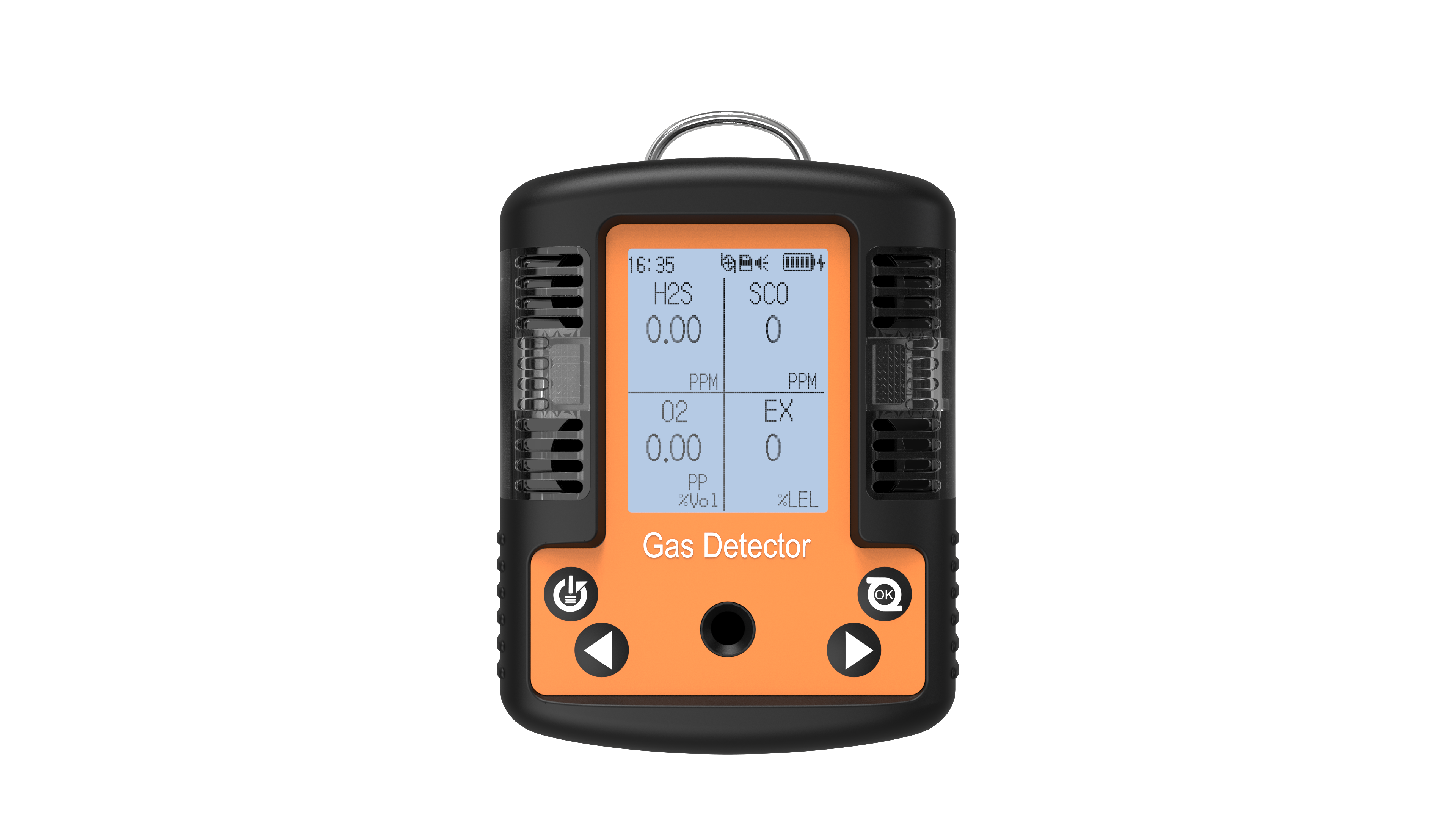
 info@eranntexgas.com
info@eranntexgas.com


 13480931872
13480931872